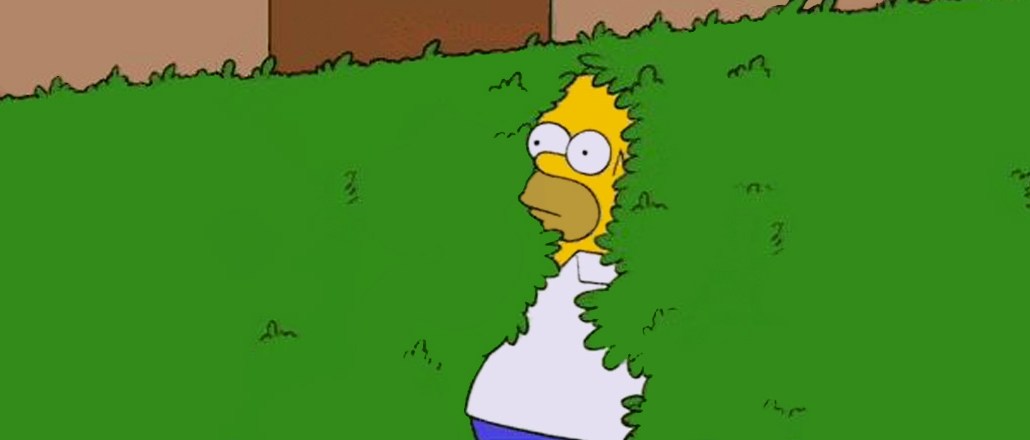
Publishers continue to gripe about ad tech’s complexity and transparency. And their frustrations were amplified earlier this month when the Guardian’s CRO, Hamish Nicklin, revealed that in some cases the publisher was only getting 30 percent of ad dollars spent programmatically.
The Guardian case study raised a host of questions: Are these low yields common? Who is getting all the cash? And what can be done to alleviate the problem?
In this edition of unsolved mysteries, we attempt to answer those questions. As Nicklin put it, it’s important for publishers to address the disappearing ad dollar. “A lot of the money that [advertisers] think they are giving to premium publishers is not actually getting to us,” he said.
So, is this common?
Most sources were not surprised to hear that 70 percent of ad dollars disappeared by the time they reached the Guardian. “In some cases, it might be even worse,” said Todd Garland, founder and CEO of digital ad network BuySellAds.
But several sources also said they believed 70 percent is an outlier. Vin Paolozzi, svp of innovation at Magna Global, said that yields this low are becoming “more and more rare” as publishers move from open exchanges to private marketplaces.
Mike Smith, svp of advertising platforms at Hearst’s Core Audience, was more adamant that the Guardian example isn’t representative of the industry.
“I buy Hearst inventory; the fees in the middle are not 70 percent,” he said.
Smith said intermediary fees tend to range between 20 percent and 30 percent. And that “the Guardian should be challenged to publish their results so we can examine them.”
Regardless if fees are 20 percent or 70 percent, it’s worth breaking down where the money goes.
OK, break it down.
Michael Collins, CEO of cross-channel programmatic platform Adelphic, points out that the publishers typically can see the clearing price on the exchange and the exchange’s fees, but that’s about it. But buyers often have visibility all the way down to what the clearing price on the exchange is. Because intermediary fees are often hidden to publishers, it’s really difficult to even calculate a percentage like the Guardian did, said Justin Festa, vp of revenue for LittleThings.
“I know the revenue share of the last person to touch [the ad] before it touches my page,” Festa said. “But I don’t know the share of anybody who touched it before them.”
It’s unclear how the Guardian wound up with the number they reported. But Collins walked Digiday through how 70 percent of an ad dollar might vanish before it reaches the publisher.
A brand’s agency could charge 5 percent. The agency uses a trade desk that takes a 15 percent cut. And a buying platform takes another 10 percent. The agency might also use services to provide more information on the ads, such as a third-party data provider, viewability and attribution services, which add up to 25 percent. And then a SSP takes 15 percent, which leaves just 30 percent to the publisher.
The interactive chart below breaks down Collins’ estimates, along with a few others. Click on the tabs to see how an ad tech company, ad network and publisher guessed where money was being siphoned off.
After being unable to peg the last 10 percent to a particular intermediary, one source said, “My inability to answer your question is a product of the lack of transparency. There are amazing profits in the ambiguity that ad tech has created.” Another source said, “I have heard of different SSPs who take advantage of bidding and skim a few percent off the top.”
Publishers obviously have reason to be concerned here. “A publisher can be misrepresented with bad performance, when in all actuality there are hidden costs bringing down the performance,” said Chris Innes, chief monetization officer at marketing tech company SteelHouse.
What’s a publisher to do?
Eric Franchi, co-founder of ad tech company Undertone, said the Guardian could have used several different strategies to improve their yield. They could use header bidding, set higher price floors or go through the private marketplace where they could “keep as much as 85 percent or higher,” he said.
Most publishers may not have the resources to build their own DSP. But Purch’s CTO John Potter said that his company’s DSP has helped reduce intermediary fat. Publishers could also raise yield through programmatic guaranteed deals, Magna’s Paolozzi said.
Michael Shaughnessy, head of programmatic at Bauer Xcel Media, predicted that fewer parties will be involved in transactions in the future.
“But I don’t think we are all incentivized against the same goal,” he said, “and that’s part of the reason for the black box.”
More in Media

No playbook, just pressure: Publishers eye the rise of agentic browsers
For the bulk of publishers, Google is, as ever, the one to watch. It’s already got agentic features within its Chrome browser, but that’s the tip of the iceberg, some say.

The biggest SEO lessons in 2025 for publishers
KPIs are changing, more AI search data is becoming available, and publishers are looking beyond search to grow their audiences and revenue.

Digiday’s comprehensive guide to what’s in and out for publishers in 2026
Adaptability stopped being a nice-to-have for publishers years ago; it became a survival skill. Here’s a look at Digiday’s guide to what’s in and out for 2026.





